At the risk of stating the obvious, a garbage disposal is a device, usually electrically powered, installed under a kitchen sink between the sink’s drain and trap. The disposal unit shreds food waste into pieces small enough—generally <2 mm—to pass through plumbing. About 50% of homes in the US have garbage disposals; food scraps range from 10% to 20% of household waste.
A high quality garbage disposal will love grinding for about 10-12 years, depending on what you put in it and how well you take care of it. Estimated life also is dependent on the quality of the unit itself. A good 2/3 HP or 3/4 HP, with lots of stainless steel (particularly the entire grind chamber) is optimal. If you cheap out on a 1/4 HP or 1/3 HP model and overuse it, don’t expect the disposal to last very long.
This post is a mix of things to never put into your garbage disposal, along with common issues and recommendations.
What NOT to Grind
What NEVER to put in your garbage disposal: asparagus, artichoke leaves, banana skins, celery, chicken bones, coffee filters, cooked rice, egg shells, grease, green onion tops, onion skins, potato peels, shrimp shells, tea bags. Some items damage the appliance (bones), plug the drain piping (banana peels), or load up the local waste water utility.
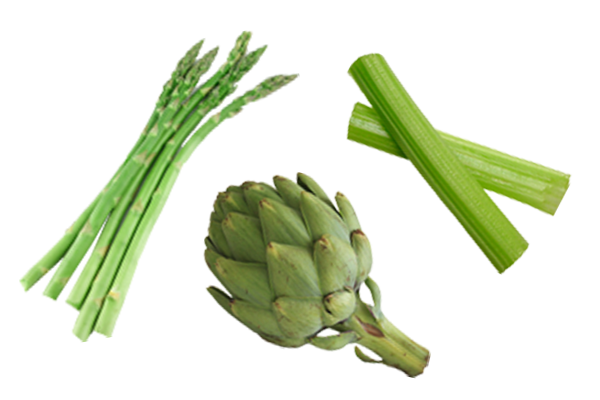
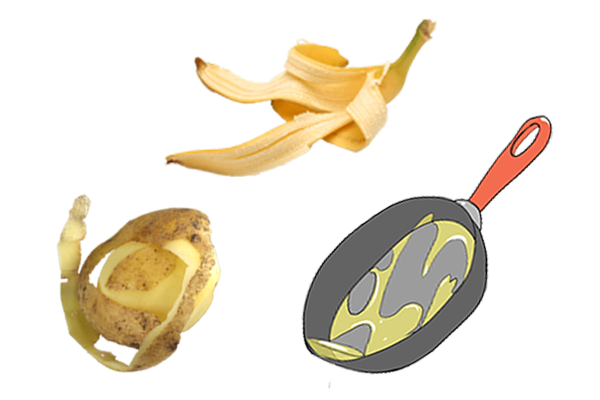
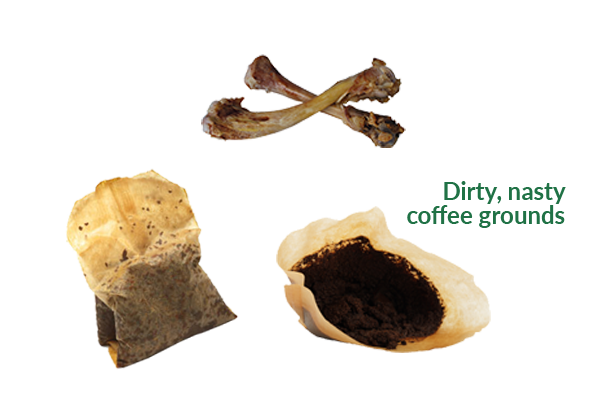
Dead Disposal? All May Not Be Lost
Make sure the disposal switch is OFF.
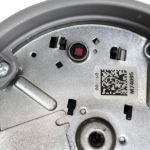
Climb under your kitchen sink, look up and behold – the red reset button.
Press the red reset button.
Unfold yourself, stand up, turn on the cold water, and voila! the disposal should operate again!
Or not. Sometimes the reset button doesn’t work. But it’s cheap and easy and should always be your first course of action if the disposal stops working for no apparent reason.
Common Issues and Recommendations
We inspect thousands of garbage disposals every year. When our inspectors find an issue with a garbage disposal, it’s usually one of the following four:
- The garbage disposal is leaking.
- The splash guard is missing or deteriorated.
- The wire clamp is missing.
- The garbage disposal is excessively corroded.
Leaking
The garbage disposal is leaking.
This can cause water damage.
Repair or replace the garbage disposal.
Splash Guard Missing
The splash guard is missing or deteriorated.
This is a safety concern.
Replace the splash guard.
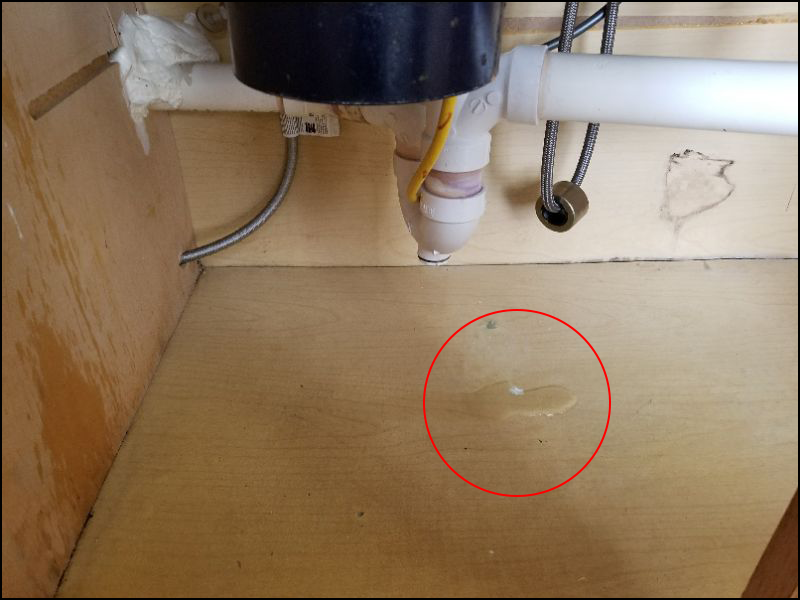
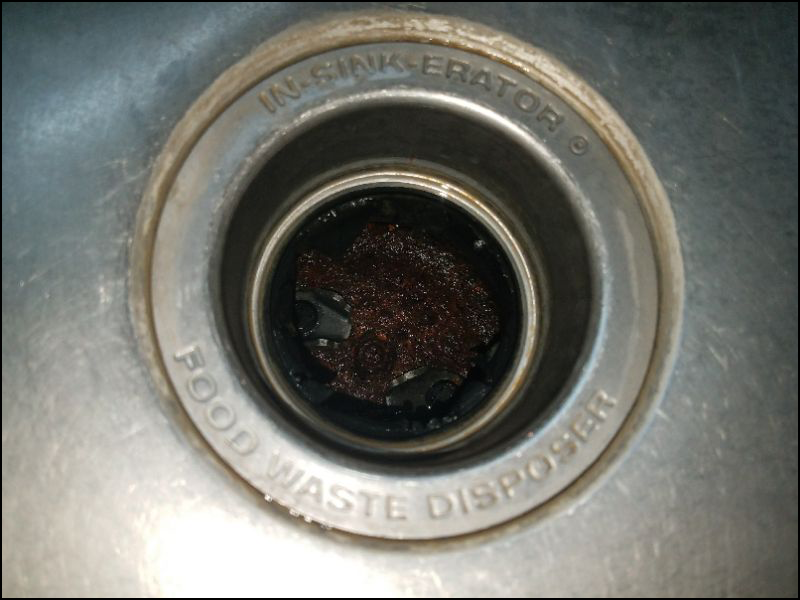
Missing Wire Clamp
The wire clamp is missing.
This is a safety hazard.
Replace the garbage disposal.
Excessive Corrosion
The garbage disposal is excessively corroded.
This indicates a failing and unreliable appliance.
Replace the garbage disposal.
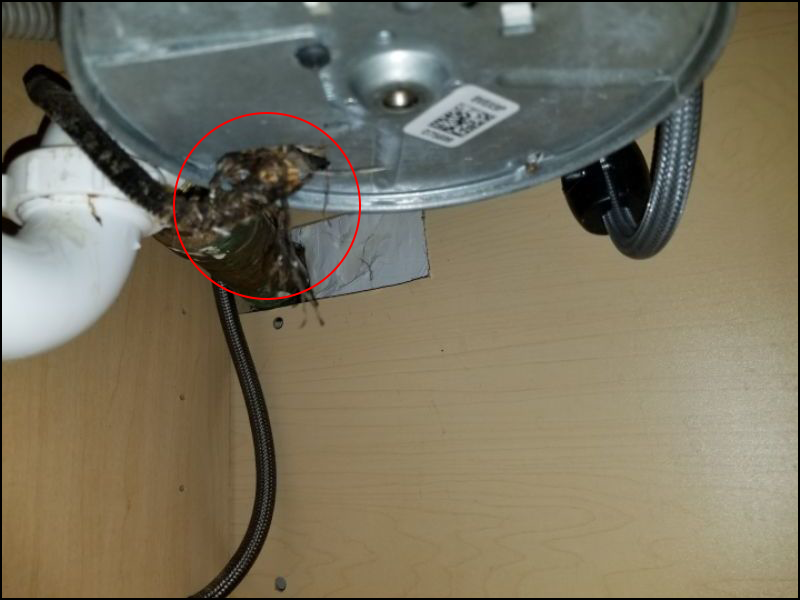
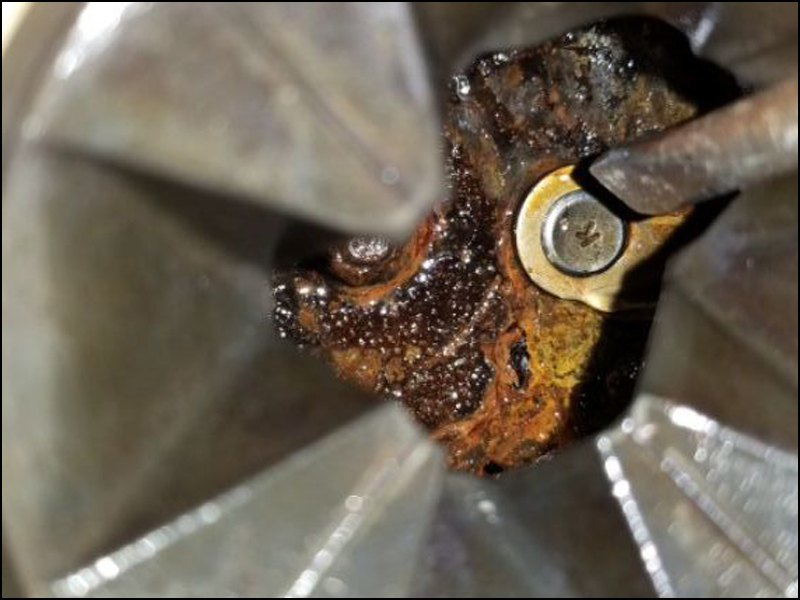
Garbage disposals are useful for lots of households but there are some other ways to dispose of food scraps, many of which are environmentally happier, including using a strainer to capture food scraps, or even better, starting a compost heap.
